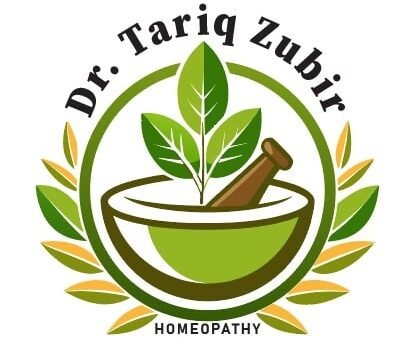
Title: Understanding Nose Diseases: Common Conditions, Symptoms & How to Breathe Easy
The nose is more than just a feature on your face—it’s your body’s main gateway for breathing, smelling, and filtering the air you take in. But when something goes wrong with the nose, it can affect your breathing, sleep, and overall comfort. From common colds to chronic sinus issues, nose diseases can be both irritating and serious. Let’s explore some of the most common nose-related conditions, what causes them, and how to treat or prevent them.
Why the Nose Matters
The nose serves several vital functions:
- Filters air using tiny hairs (cilia) and mucus
- Humidifies and warms the air before it reaches your lungs
- Provides a sense of smell, which is closely tied to taste
- Helps with voice resonance and speaking
When your nose is affected by disease, it can lead to discomfort, loss of smell, headaches, and even breathing difficulties.
Common Nose Diseases & Conditions
1. Rhinitis
- Description: Inflammation of the nasal lining.
- Types:
- Allergic Rhinitis: Triggered by allergens like pollen, dust, pet dander.
- Non-Allergic Rhinitis: Caused by smoke, odors, weather changes, or infections.
- Symptoms: Sneezing, nasal congestion, runny nose, itching.
- Treatment: Antihistamines, nasal sprays, avoiding allergens.
2. Sinusitis (Sinus Infection)
- Description: Inflammation or infection of the sinuses.
- Causes: Viral infections, allergies, nasal polyps, or structural issues.
- Symptoms: Facial pressure, headache, nasal congestion, thick nasal discharge, post-nasal drip.
- Treatment: Decongestants, saline rinses, antibiotics (for bacterial infections), or sinus surgery in chronic cases.
3. Nasal Polyps
- Description: Soft, noncancerous growths in the nasal passages or sinuses.
- Symptoms: Blocked nose, loss of smell, frequent infections, snoring.
- Causes: Chronic inflammation, asthma, recurrent infections, allergies.
- Treatment: Steroid nasal sprays, surgery if severe.
4. Deviated Nasal Septum
- Description: When the wall between the nostrils is off-center.
- Symptoms: Breathing difficulty, snoring, nosebleeds, frequent sinus infections.
- Treatment: Septoplasty (surgery to correct the septum).
5. Epistaxis (Nosebleeds)
- Common Causes: Dry air, nose picking, injury, high blood pressure, blood-thinning medications.
- Treatment: Applying pressure, using nasal moisturizers, medical intervention for frequent cases.
6. Nasal Fracture
- Cause: Trauma to the nose.
- Symptoms: Swelling, bruising, pain, crooked nose, difficulty breathing.
- Treatment: Ice, rest, possible surgery depending on severity.
When to See a Doctor
You should consult a healthcare professional if you experience:
- Persistent or severe nasal congestion
- Nosebleeds that don’t stop within 20 minutes
- Recurrent sinus infections
- Loss of smell lasting more than a few days
- Facial pain or swelling
- Breathing difficulties not relieved by over-the-counter medications
Tips to Keep Your Nose Healthy
- Stay hydrated to keep nasal passages moist.
- Use a humidifier, especially in dry weather.
- Avoid allergens and pollutants when possible.
- Practice good hygiene to prevent infections—wash your hands often.
- Avoid overusing nasal decongestant sprays, which can worsen congestion if used too long.
- Don’t ignore symptoms that persist—early treatment prevents complications.
Final Thoughts
The nose plays a key role in your respiratory and sensory systems. While nose diseases are common, they are usually manageable with the right care and attention. Don’t underestimate a stuffy nose or a persistent sneeze—they could be signs of something more than just a mild irritation. By understanding these conditions and acting early, you can breathe easier and live healthier.
Bottom of Form
